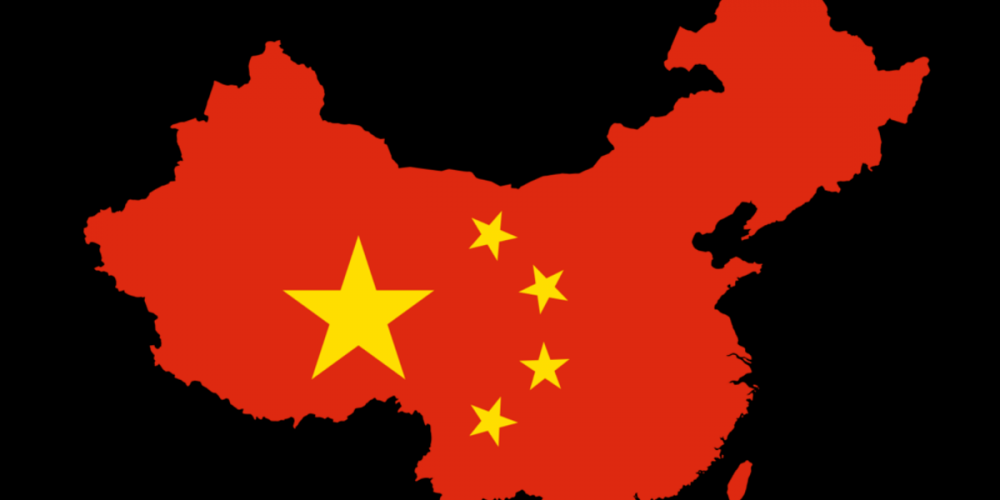One of the lessons of the fall of the Soviet Union is that Marxists should seek to look critically at states that are attempting to build socialism, while also not being over-simplistic.
Most views of China today write the country off as simply selling out and having fully embraced capitalism, without an attempt at understanding the complex historical development of China since the founding of the People’s Republic in 1949. Indeed with China as a global power, the need to understand it is becoming more and more important.
The immense historical achievements of socialism in China speak for themselves: defeating Japanese imperialism and the nationalists led by Chiang Kai-Shek, the eradication of illiteracy, the immense progress in the standing of women, the massive public health service and education programmes, public works schemes, along with the electrification of the countryside.
Without going too far into the political issues that engulfed China in the later years of Mao and after his death in 1976, China began a massive transformation subsequently. It faced many problems arising from the attempt to construct a socialist, industrial country in a nation with a small working class. The Communist Party decided that, in order to reach socialism, the market would be used to stimulate growth, allowing for a build-up of industry. This growth would then allow the state to build what the party calls a “moderately prosperous society,” which would eventually take China into the early stages of socialism.
This is the basic Communist Party position. Much as the Nordic countries applied concessions under a capitalist government in order to strengthen the capitalist system the Chinese Communist Party is doing to build socialism.
Since these policies began to be applied in China it has achieved growth rates in the double digits. According to the World Bank’s East Asia and Pacific Update of 2007, China’s “rapid growth over the last 20 years has reduced poverty and improved living standards on a scale and at a pace unequalled in history.” Indeed one can say that the Chinese Communist Party is the world’s most successful wealth-creator.
It is often thought that these achievements—impressive by any account—are the result of the introduction of the market economy. However, the “commanding heights” of the economy in China are still state-owned. China’s banking, power and energy, transport and communications industries and much of its heavy industry are all under the control of the state. The state also has maintained control of land, meaning that private investors will have to come to an accommodation with the state in order to use Chinese land.
More than half the economy is under public ownership, taking the form of state-owned enterprises, with the state also owning shares in most private companies. Under the law, any private enterprise, foreign or domestic, that employs more than a hundred workers must recognise trade unions, and allow the Communist Party to have a work-place branch.
This has not been so smooth in practice, as large transnationals in particular bribe some officials to allow them to operate without concern for workers’ rights. This is part of the reason for Xi Jinping’s anti-corruption drive, which is directed at all levels of the party.
The Communist Party has tight control over state power. To see evidence of how state power is used in China one need only look at China’s response to the financial crisis of a decade ago. While the capitalist states turned to putting the burden of the crisis on workers, using it as an excuse for privatisations and an assault on workers’ conditions, the response in China was very different.
The state launched a massive public-spending programme in order to keep the economy stimulated. Most of the multi-billion-dollar programme dealt with expanding public transport, especially railways, as well as energy projects, particularly renewable energy.
For example, the Xinyu plant now produces a quarter of the world’s solar panels. Houses were constructed, with subsidised rents, the state pension was increased, and more funds were put into education and the health service. Significantly, workers’ pay was increased. Chinese banks, publicly owned, paid for 40 per cent of the programme, through low-interest loans to state and private enterprises.
Since then the state-owned enterprises have earned nearly 70 per cent of the profit share, almost $200 billion. Some private enterprises that have been unproductive have been nationalised, with their profits going to the people.
Of course there are also many contradictions in China. It is unlikely that the system will be able to replicate its success after the next inevitable crisis of capitalism, and already growth has begun to slow down. While Chinese trade unions have almost 250 million members, and labour legislation is generally improving, many problems exist in relation to workers’ conditions.
However, it would be incorrect to say that the whole country is simply one big sweatshop. As the Chinese Communist Party, of over 85 million members, prepares to guide China into what it sees as the “primary stage of socialism,” we should approach things with an open mind.






